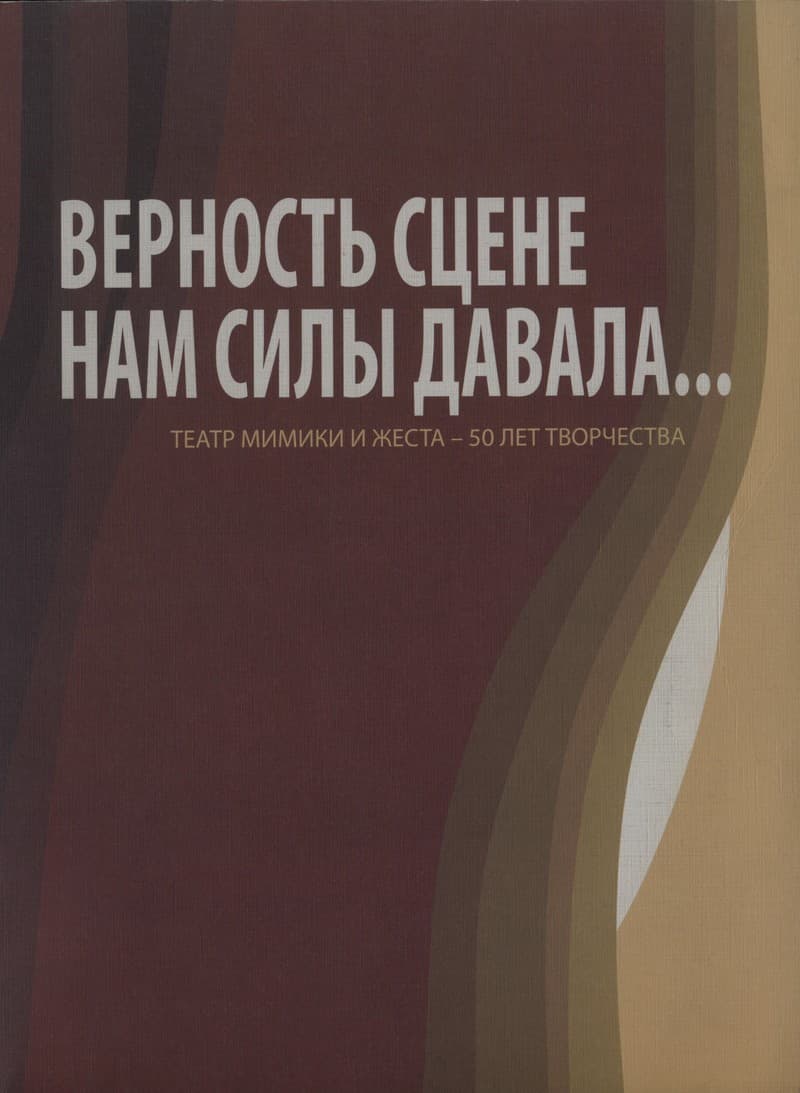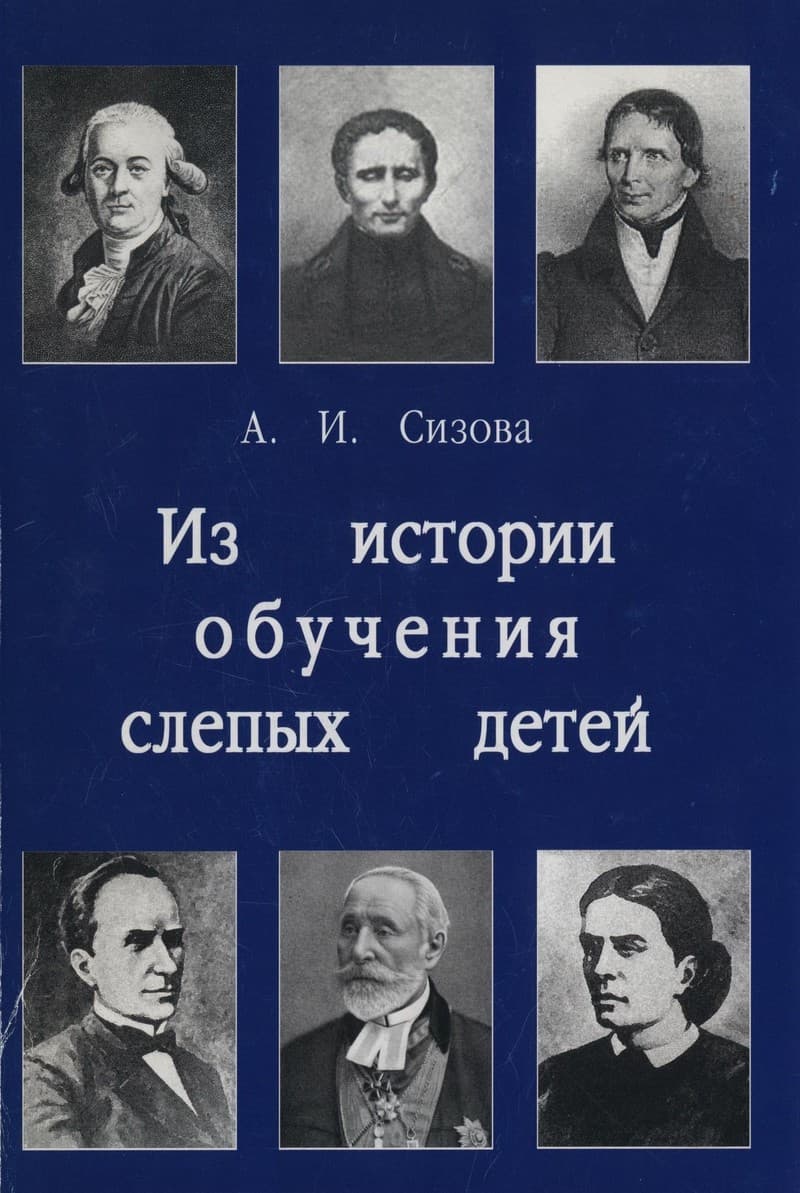A Cultural History of Disability in the Long Eighteenth Century
The forth volume of “A Cultural History of Disability” is devoted to disability in 18th century. 18th century philosopher Edmund Burke wrote, “deformity is opposed, not to beauty, but to the complete, common form. If one of the legs of a man be found shorter than the other, the man is deformed; because there is something wanting to complete the whole idea we form of a man”. During the long 18th century, new ideas from aesthetics and the emerging scientific disciplines of physics, biology and zoology contributed to changing fundamental notions about human form, function and ability. The interrelated concepts of the natural and the beautiful coalesced into a hegemonic ideology of form, one which defined communal standards regarding which aspects of human appearance and ability would be considered typical and socially acceptable and which would not. An essential resource for researchers, scholars and students of history, literature, culture and education, “A Cultural History of Disability in the Long Eighteenth Century” explores such themes and topics as: atypical bodies; mobility impairment; chronic pain and illness; blindness; deafness; speech; learning difficulties; and mental health.
Данные книги
Инклюзия, Литературоведение и литературная критика, Телесность, Философия
Минц Сюзанна Б. (Автор вступительной статьи), Габбард Кристофер (Автор вступительной статьи), Хобгуд Эллисон П. (Автор статьи), Кодр Дуайт (Автор статьи), Ричман Джаред С. (Автор статьи), Джарретт Симон (Автор статьи), Гуди Кристофер Ф. (Автор статьи), ван дер Берг Сара (Автор статьи), Тёрнер Дэвид (Автор статьи), Купер Изабелла (Автор статьи), Танстелл Кейт Элизабет (Автор статьи), Линдгрен Кристин (Автор статьи)
Лондон
2022
198 страниц
9781350028913
Доступ по запросу
Да
Да
370 Bol
6
- Верность сцене нам силы давала... Театр мимики и жеста — 50 лет творчества2012
- Из музыки сердца, из пламени света. Глухие художники России2021
- Билингвизм: роль жестового языка в языковом и когнитивном развитии детей с нарушенным слухом2017
- Из истории обучения слепых детей2008
- Хрестоматия научного журнала The Garage Journal2021
- Arts, Culture, and Blindness: A Study of Blind Students in the Visual Arts2008
- Перламутровые облака2013
- Deaf Mobility Studies: Exploring International Networks, Tourism, and Migration2024
- The Right to be Helped: Deviance, Entitlement, and the Soviet Moral Order2017
- Душа и парус выплывут из дали...2020
- Доступность мультимедийных и интерактивных инсталляций: Что придумали и сделали в Музее криптографии и как это работает2025
- Наверно я дурак: антропологический роман2018














